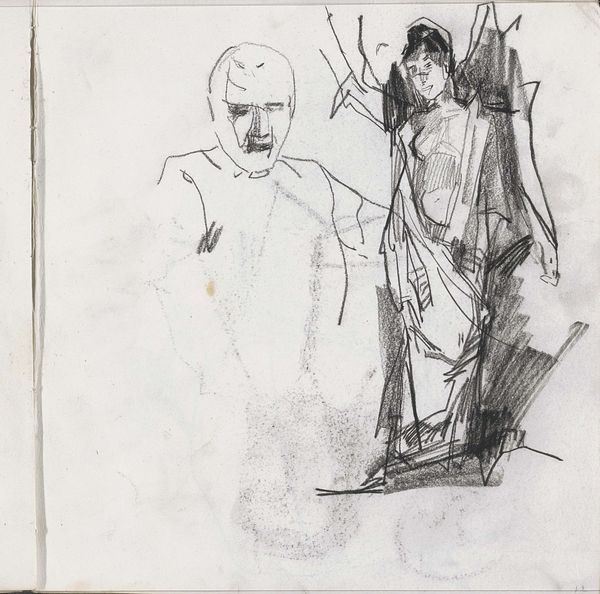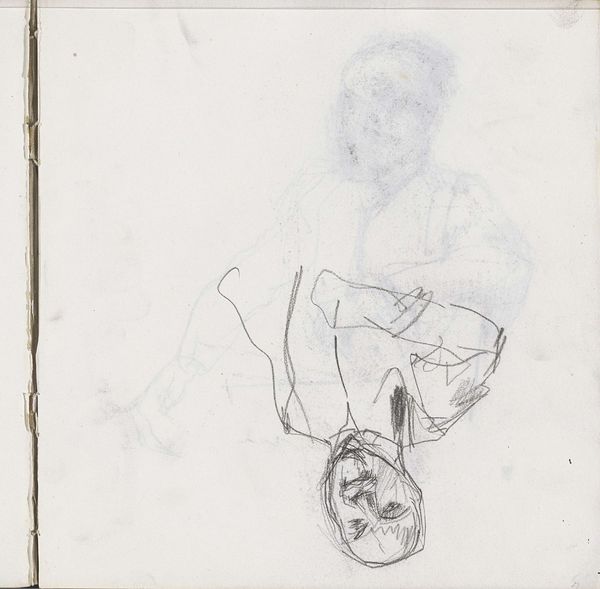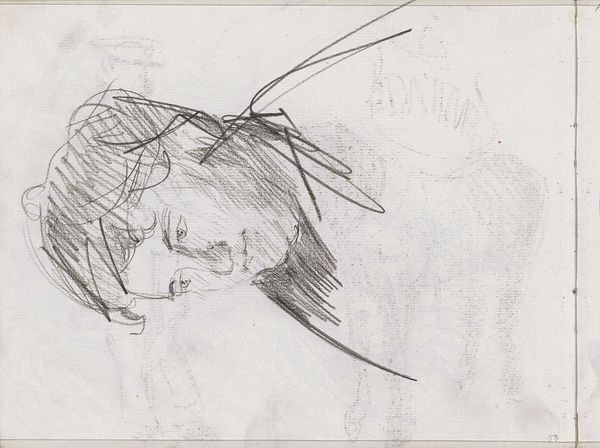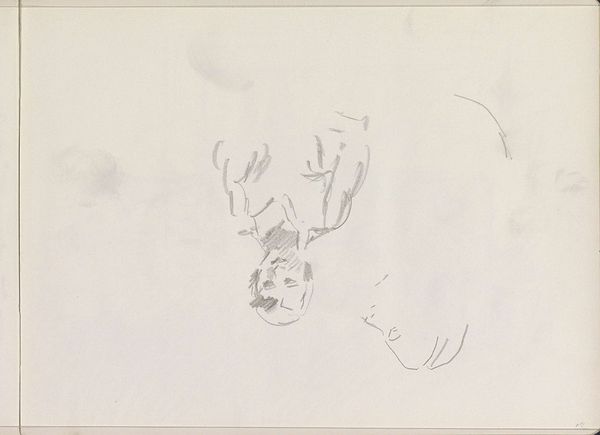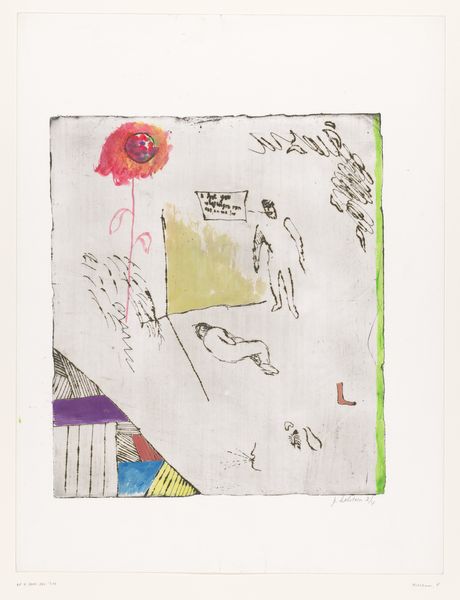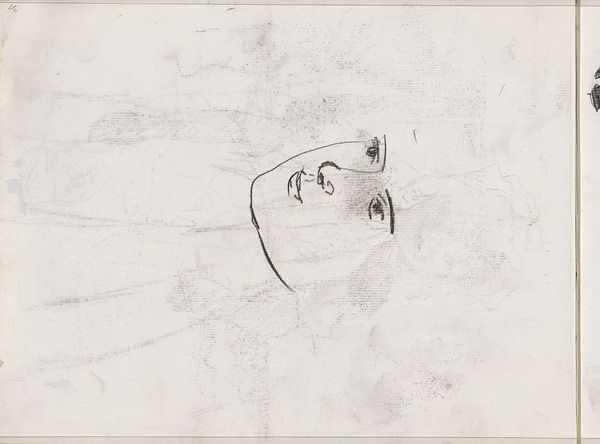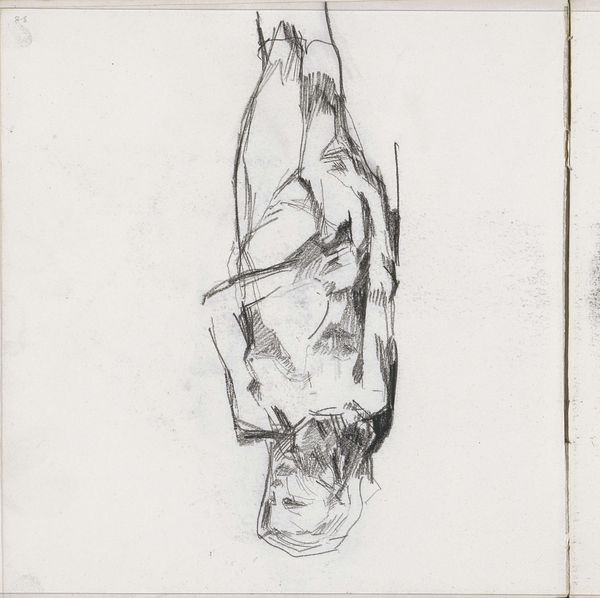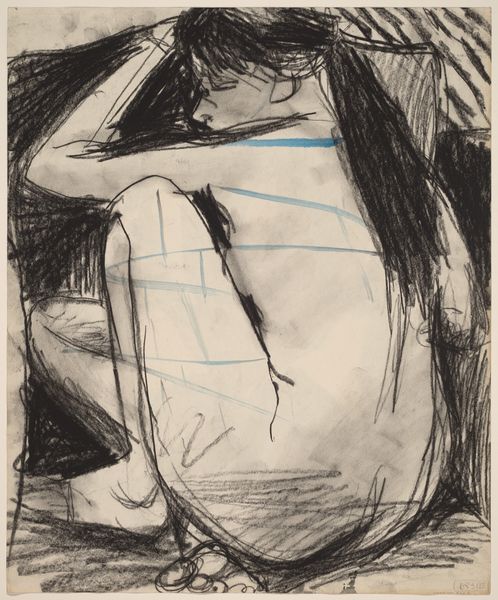
Copyright: Rijks Museum: Open Domain
Editor: Here we have "Figuurstudies" or "Figure Studies" by Isaac Israels, probably from between 1875 and 1934. It's a pencil or graphite drawing. I find it fascinating because it feels like a glimpse into the artist's raw process – like we're looking at pages from his sketchbook. What catches your eye in this piece? Curator: What I notice first is the emphasis on process. We see the very marks of the artist's hand, the quick, searching lines of graphite on paper. Think about the materiality of that: the specific type of graphite, the surface of the paper, even the pressure applied by Israels. These are all choices, means of production that shaped the image. Editor: So, you see the importance in the literal tools and materials? Curator: Absolutely. Consider how this work challenges traditional boundaries between 'high art' and craft. It's not a polished painting meant for a salon; it’s a working document, a record of Israels' labor. The sketchiness suggests a process of idea generation, which opens questions about labor, intention, and production value: Is this practice or product? Is labor only that which results in capital? Editor: It’s like we're seeing the gears turning in his mind. So, even the unfinished nature of it is key to its meaning? Curator: Precisely! The sketch invites us to contemplate the artist's hand, to consider how value is ascribed to different kinds of artistic labor. We can analyze the raw materials alongside the marks of labor that brought it into being. This isn't just about representation; it’s about production and its relationship to meaning. What about this materiality resonated with you initially? Editor: I guess I was struck by its accessibility. It demystifies the art-making process. Seeing the artist’s hand so directly made it feel intimate, approachable. I now have a richer understanding about art as a means for material and intellectual exchange, as well as art object for viewing. Curator: And that shift in perspective is precisely what examining materiality can offer.
Comments
No comments
Be the first to comment and join the conversation on the ultimate creative platform.
